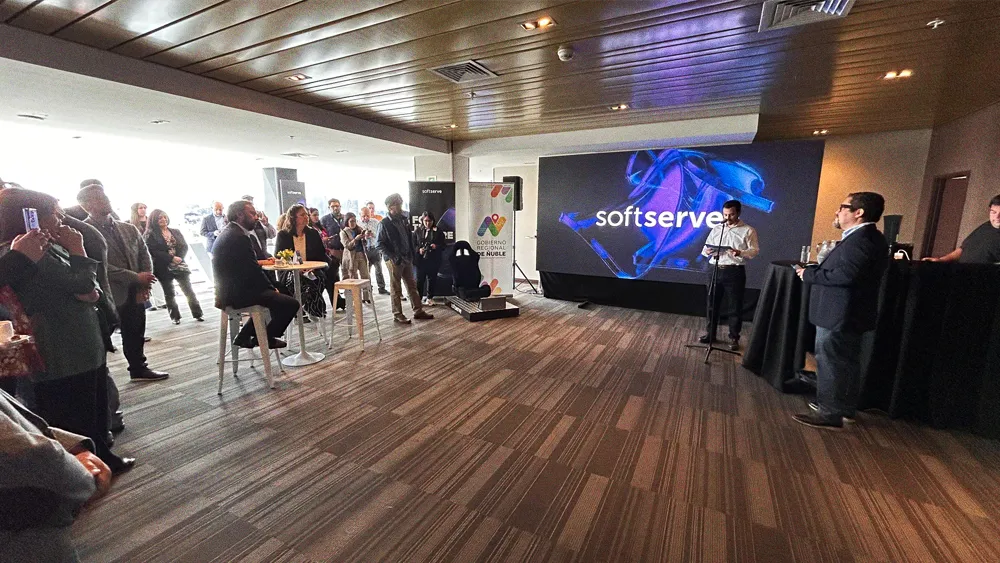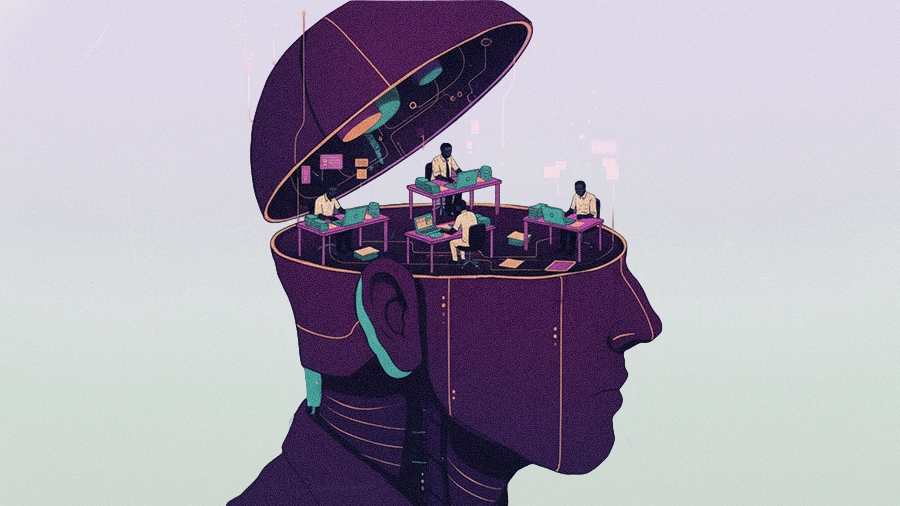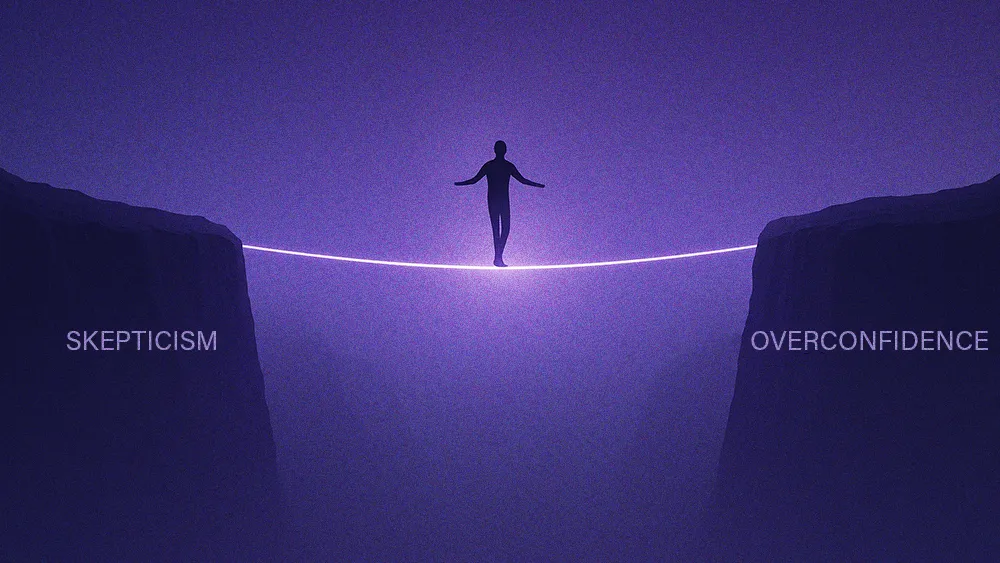What Meta’s free-agency frenzy means for the future of AI talent

Key Points
Meta’s aggressive AI hiring spree signals a major strategic shift from an open-source philosophy to a proprietary, closed-off ecosystem.
Rob Seamans, a Professor at NYU’s Stern School of Business, explains the hiring spree was a defensive move to keep scarce talent away from competitors.
The consolidation of elite experts raises the risk of “killer acquisitions” that could stifle innovation, creating a high-stakes battle for the future of AI.
By paying large sums to acquire these folks, it didn't just benefit Meta. But it also kept those individuals away from Meta's competitors. That's the long game.
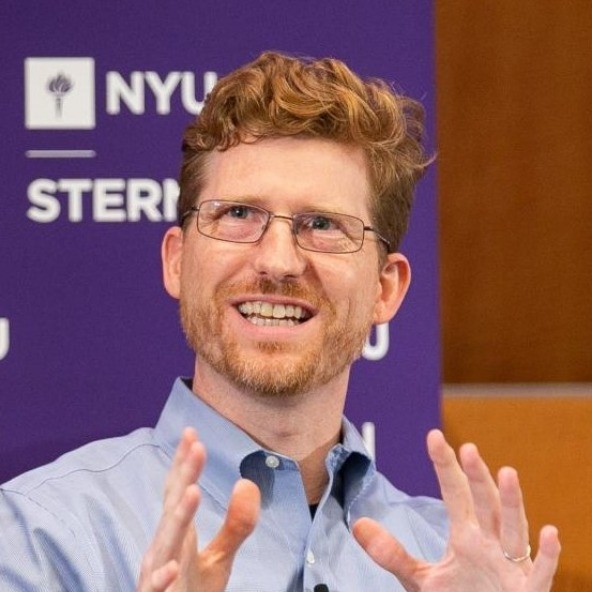
Rob Seamans
Professor
New York University’s Stern School of Business
Meta’s intense AI talent hiring spree earlier this summer (and subsequent hiring pause) reflected the company’s willingness to do whatever it took to put them on top of the AI race. As major players tried to find the right model, moving from open-source philosophies to proprietary, closed-off ecosystems, the battle for AI supremacy was fought over a handful of unique leaders who possessed a rare combination of technical prowess and managerial experience.
We spoke with Rob Seamans, a Professor at New York University’s Stern School of Business, to break down the whiplash hiring. As a former Senior Economist for technology and innovation on President Obama’s Council of Economic Advisers, his research covers the intersection of economics, corporate strategy, and public policy.
The Venn diagram of technical experts with high-level leadership experience is very small. And Meta hired roughly half of them. For Seamans, Meta’s aggressive hiring campaign was a clear indicator of a major strategic pivot. The company, once a proponent of a more open approach to AI development, made massive human capital investments to compete directly with the industry’s biggest names. The shift was not just about catching up. It was about big tech building a proprietary moat.
A new strategy: Meta made a few pivots this year, but the race to build a bank of in-house AI experts exposes its defensive strategy. “Meta was a clear follower. At first, they sought to gain a larger following by open sourcing their LLM, Llama,” Seamans explained. “But then they shifted by making very large human capital investments in this space. Following the initial blitz, they’ve cooled on hiring. But they still have those big names on the payroll.”
Defensive acquisitions: The high-stakes competition created a talent market that mirrored professional sports, complete with nine-figure headline contracts and strategic poaching, including Meta’s hiring of an AI executive away from Apple. “By paying large sums to acquire these folks, it didn’t just benefit Meta,” he said. “But it also kept those individuals away from Meta’s competitors. That’s the long game.”
The headline number: Seamans also added a layer of financial realism to the eye-popping contracts, drawing a direct parallel to NFL free agency. “There often is a big difference between the headline number and the actual guaranteed number,” he said. “The rest of it probably comes in the form of stock options and incentive bonuses.”
The consolidation of elite talent within a few dominant companies raised a critical question about the health of the broader AI ecosystem. When a handful of firms can effectively buy up the world’s top experts, there is a tangible risk of stifling the very innovation the industry needs to thrive. Seamans pointed to a specific term for this potential danger: killer acquisition. “I believe that this technology is truly transformative,” he said. “So I hope this is not a case of an ‘acqui-hire,’ or what some people call a ‘killer acquisition,’ where the idea or the talent is killed off after it’s acquired.”
Looking forward, Seamans predicted that the demand for this rare, dual-skilled talent will expand far beyond Silicon Valley. The “Venn diagram” model of combining deep AI expertise with another critical skill set will become the new standard for high-value professionals across all sectors of the economy.
The new blueprint for talent: Whether Meta’s hires are acqui-hires remains to be seen, but the hiring strategy and big payouts will influence almost every industry impacted by AI. Companies will either need to pay up or find new ways to upskill existing talent. “In each sector of our economy, like banking or healthcare, there are folks who really understand the nuts and bolts of what’s happening in the industry,” he said. “If those people also have AI technical expertise, they are going to be in a whole lot of demand.”
Building trust with the public: Ultimately, for these high-priced talent strategies to pay off, the industry must build a foundation of public trust and cultural readiness. Seamans drew a parallel to the early days of the internet. “It was really hard to get people to trust financial transactions on the Internet in the 90s and 2000s, but now we do it all the time without even thinking about it,” he said. “It always takes a little bit of time before people are fully comfortable with the technology.”
AI is at the very beginning of a similar journey where complementary infrastructure like laws and regulations still need to be built. “We’re just at the very start of that here with AI,” Seamans said. “I’m excited to watch this unfold over the next five to ten years and witness the very positive ways in which this technology changes the world.”
I believe that this technology is truly transformative. So I hope this is not a case of an 'acqui-hire,' or what some people call a 'killer acquisition,' where the idea or the talent is killed off after it's acquired.
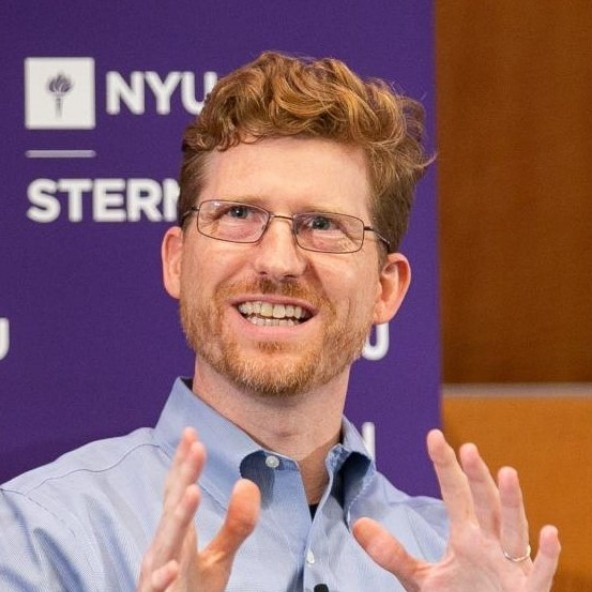
Rob Seamans
Professor
New York University’s Stern School of Business
I believe that this technology is truly transformative. So I hope this is not a case of an 'acqui-hire,' or what some people call a 'killer acquisition,' where the idea or the talent is killed off after it's acquired.

Rob Seamans
Professor
New York University’s Stern School of Business
Related articles
TL;DR
Meta’s aggressive AI hiring spree signals a major strategic shift from an open-source philosophy to a proprietary, closed-off ecosystem.
Rob Seamans, a Professor at NYU’s Stern School of Business, explains the hiring spree was a defensive move to keep scarce talent away from competitors.
The consolidation of elite experts raises the risk of “killer acquisitions” that could stifle innovation, creating a high-stakes battle for the future of AI.
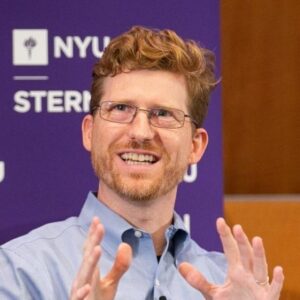
Rob Seamans
New York University’s Stern School of Business
Professor

Professor
Meta’s intense AI talent hiring spree earlier this summer (and subsequent hiring pause) reflected the company’s willingness to do whatever it took to put them on top of the AI race. As major players tried to find the right model, moving from open-source philosophies to proprietary, closed-off ecosystems, the battle for AI supremacy was fought over a handful of unique leaders who possessed a rare combination of technical prowess and managerial experience.
We spoke with Rob Seamans, a Professor at New York University’s Stern School of Business, to break down the whiplash hiring. As a former Senior Economist for technology and innovation on President Obama’s Council of Economic Advisers, his research covers the intersection of economics, corporate strategy, and public policy.
The Venn diagram of technical experts with high-level leadership experience is very small. And Meta hired roughly half of them. For Seamans, Meta’s aggressive hiring campaign was a clear indicator of a major strategic pivot. The company, once a proponent of a more open approach to AI development, made massive human capital investments to compete directly with the industry’s biggest names. The shift was not just about catching up. It was about big tech building a proprietary moat.
A new strategy: Meta made a few pivots this year, but the race to build a bank of in-house AI experts exposes its defensive strategy. “Meta was a clear follower. At first, they sought to gain a larger following by open sourcing their LLM, Llama,” Seamans explained. “But then they shifted by making very large human capital investments in this space. Following the initial blitz, they’ve cooled on hiring. But they still have those big names on the payroll.”
Defensive acquisitions: The high-stakes competition created a talent market that mirrored professional sports, complete with nine-figure headline contracts and strategic poaching, including Meta’s hiring of an AI executive away from Apple. “By paying large sums to acquire these folks, it didn’t just benefit Meta,” he said. “But it also kept those individuals away from Meta’s competitors. That’s the long game.”
The headline number: Seamans also added a layer of financial realism to the eye-popping contracts, drawing a direct parallel to NFL free agency. “There often is a big difference between the headline number and the actual guaranteed number,” he said. “The rest of it probably comes in the form of stock options and incentive bonuses.”
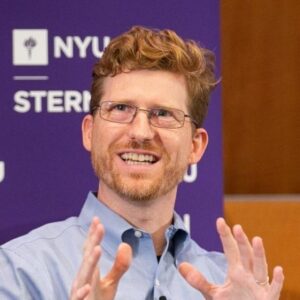
Rob Seamans
New York University’s Stern School of Business
Professor

Professor
The consolidation of elite talent within a few dominant companies raised a critical question about the health of the broader AI ecosystem. When a handful of firms can effectively buy up the world’s top experts, there is a tangible risk of stifling the very innovation the industry needs to thrive. Seamans pointed to a specific term for this potential danger: killer acquisition. “I believe that this technology is truly transformative,” he said. “So I hope this is not a case of an ‘acqui-hire,’ or what some people call a ‘killer acquisition,’ where the idea or the talent is killed off after it’s acquired.”
Looking forward, Seamans predicted that the demand for this rare, dual-skilled talent will expand far beyond Silicon Valley. The “Venn diagram” model of combining deep AI expertise with another critical skill set will become the new standard for high-value professionals across all sectors of the economy.
The new blueprint for talent: Whether Meta’s hires are acqui-hires remains to be seen, but the hiring strategy and big payouts will influence almost every industry impacted by AI. Companies will either need to pay up or find new ways to upskill existing talent. “In each sector of our economy, like banking or healthcare, there are folks who really understand the nuts and bolts of what’s happening in the industry,” he said. “If those people also have AI technical expertise, they are going to be in a whole lot of demand.”
Building trust with the public: Ultimately, for these high-priced talent strategies to pay off, the industry must build a foundation of public trust and cultural readiness. Seamans drew a parallel to the early days of the internet. “It was really hard to get people to trust financial transactions on the Internet in the 90s and 2000s, but now we do it all the time without even thinking about it,” he said. “It always takes a little bit of time before people are fully comfortable with the technology.”
AI is at the very beginning of a similar journey where complementary infrastructure like laws and regulations still need to be built. “We’re just at the very start of that here with AI,” Seamans said. “I’m excited to watch this unfold over the next five to ten years and witness the very positive ways in which this technology changes the world.”

